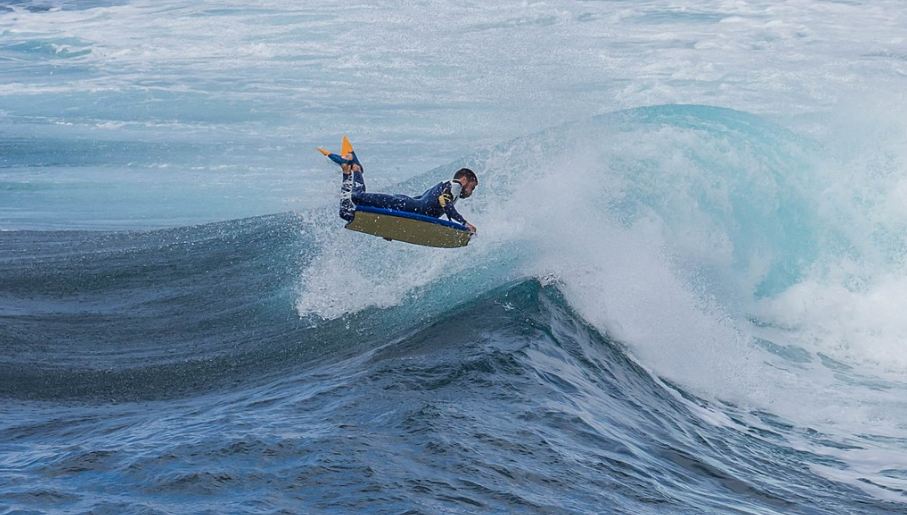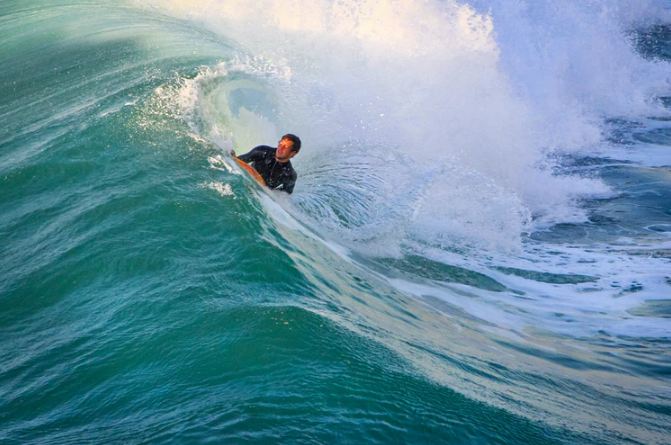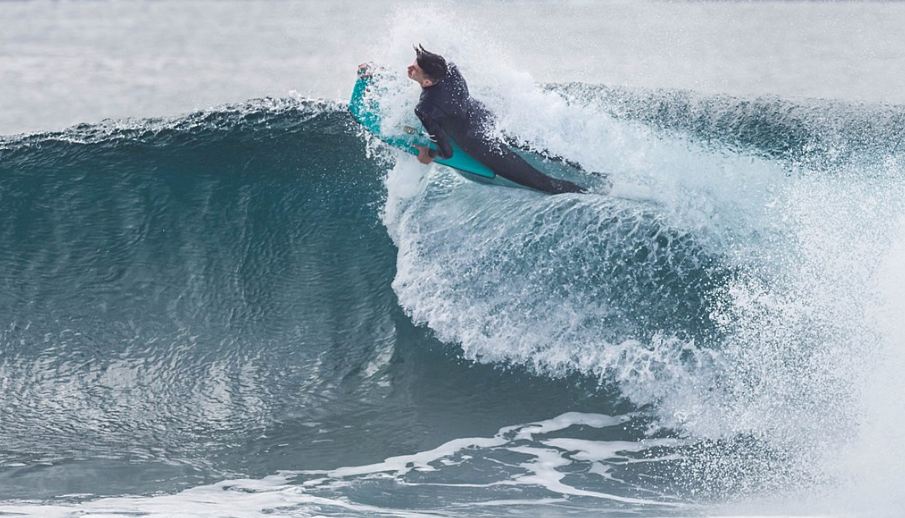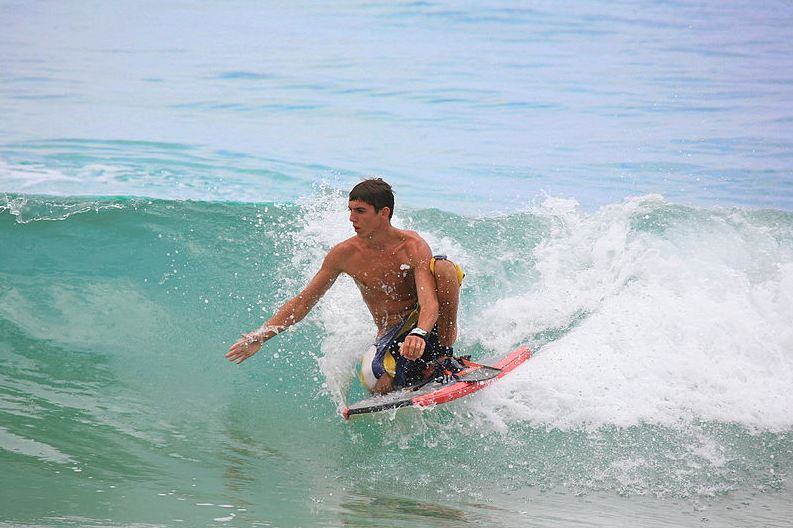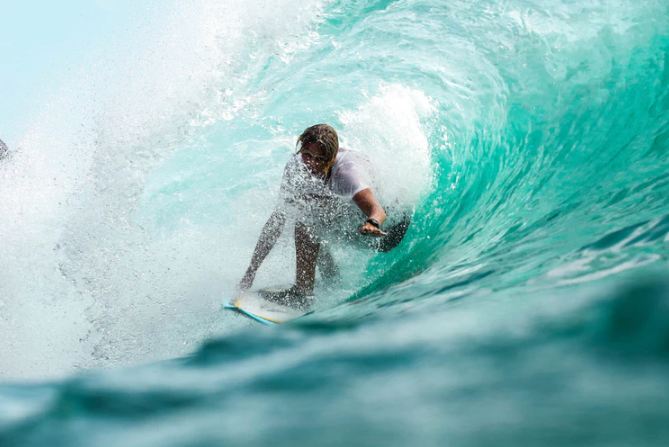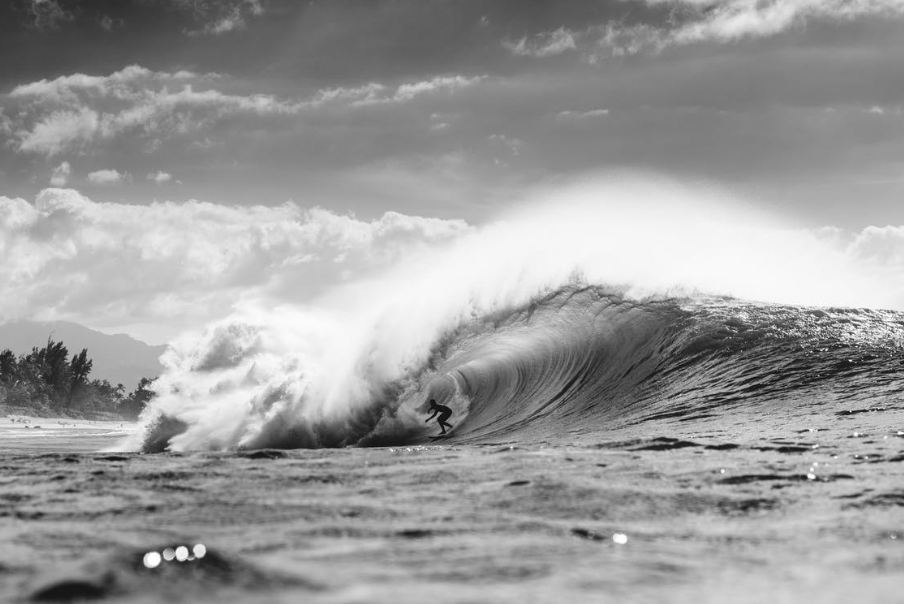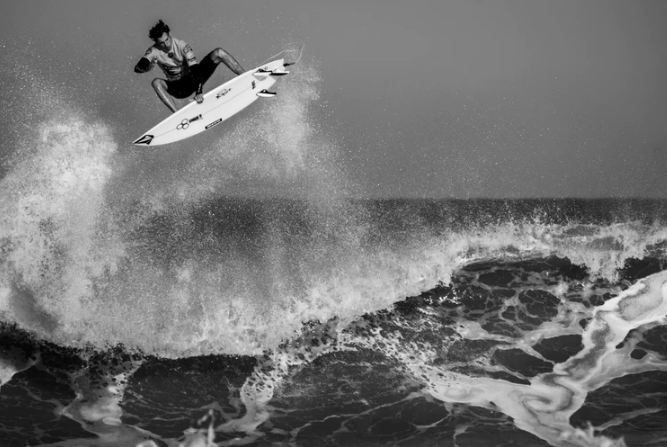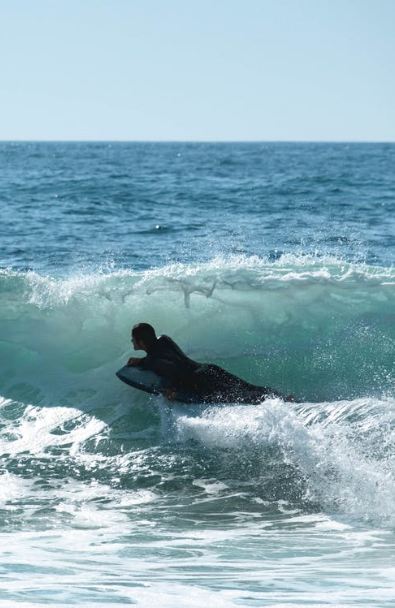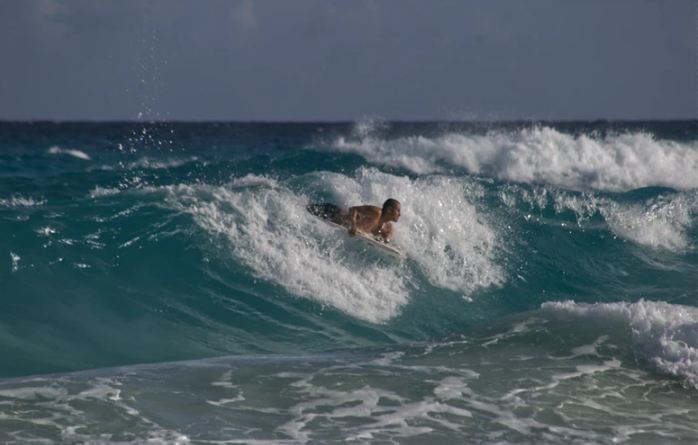Water sports are a fantastic way to spend the summer holidays. The mesmerizing sea and beaches take all the stress away almost instantly. Among these thrilling water sports are bodyboarding and surfing. You might have seen amazing videos of people chilling under huge waves on their surfboards. As thrilling as it seems just by watching it, it is much more fun to do it in real.
Since you have to deal with enormous sea waves, surfing and bodyboarding is no easy sport. It requires a lot of practice and exercises to perfect it. But what is the difference between the two and which one is better? Let’s know it.
What is Bodyboarding?
Bodyboarding is a water sport done on waves that carry the surfer to the shore. You may think that it is surfing with minor differences. It requires a person to ride the ways on their chest, knees, or feet. Riders need specially designed bodyboards and swim fins to propel the waves.
The history of bodyboarding traces back to Polynesian islands in The Pacific. The native people were the first to slide across ocean waves on paipo boards. Later, another way of boarding took surface in which people ride the waves in an upright position. This makes bodyboarding older than regular surfing.
Riding Forms
There are three major ways of bodyboarding:
1. Prone
Riding prone means riding on your stomach. The boarders use their hands to steer the board. To go right, the bodyboarder places their right hand on the upper corner of the nose and puts their left arm halfway to the rail on the board’s left side. The opposite goes for left steering.
2. Drop-knee
This form of bodyboarding is also known as “Jack Stance.” Jack Lindholm first pioneered Drop-knee in the 1970s. You can try this position by placing one foot on your board’s front nose and the other knee at the back with your fin in the water. Unlike surfboards, these boards do not have fins underneath, so the only way to maintain balance is from weight transition from one rail to another.
3. Stand-up
While this form is not very common, it is always fun to watch professionals do it. This is done by standing in an upright position, usually doing tricks and flips on the waves and in the air.
How is Bodyboarding Different from Surfing?
At a glance, it may seem that the only difference between bodyboarding and surfing is the body’s position. However, there are more differences than just body position.
The boards used for bodyboarding are significantly different than surfboards. Bodyboards are smaller and rectangular with rounded edges, and they do not have any fins underneath. Although the material from which they are made is almost the same, surfboards are considerably heavier as they are larger. Also, the type of board you should get for bodyboarding depends on your physique. If you are slim and your friend is fat, you can’t use the same board. For surfing, any high-quality surfboard will do for all types of bodies.
Another significant difference is that surfing is dangerous compared to bodyboarding as it requires hard practice to achieve balance. On the other hand, all you have to be is good at swimming to bodyboard. Even children can easily do bodyboarding on smaller waves.
Bodyboarding vs. Surfing
A good 30 years ago, bodyboarders were not seen with much respect among the water sports community. They were just some wannabes who lie on a board and ride the waves. But today, competitive bodyboarding has evolved so much that it can no longer be compared with surfing. It is a sport on its own.
So what should you choose? If you are familiar with surfing, you must have a basic idea about such sports. But knowing how to surf doesn’t mean that you can bodyboard too.
How is bodyboarding better than surfing? Let’s take a look:
- Bodyboarding allows you to be the nearest to the ocean as your face is almost in the water when you ride prone.
- Bodyboards can easily fit in your car trunk. You don’t have to worry about getting those giant surfboards transported. Bodyboards are light and convenient to carry.
- Only bodyboarders can ride those waves that regular surfers cannot. They can do later steeper and deeper waves compared to surfers.
- Bodyboarders can use the swim fins to propel themselves up in the air. They look for more hollow waves and boost themselves up.
- Since the body is lower when lying down, the speed is more than surfing. This means that bodyboarders can reach a closeout wave without getting wiped out.
- Bodyboards are much cheaper and easier to maintain. Moreover, they don’t need regular waxing, unlike surfboards.
Health Benefits of Bodyboarding
All physical activities have benefits for health. Bodyboarding has also been proven to be a great way to stay in shape. Good health while having so much fun in the open waters? Sounds like a great deal, right? Here are some key health benefits that come with bodyboarding:
1. Provides a Great Cardiovascular Workout
A good session of bodyboarding may take at least a couple of hours. All this while, your heart pumps blood with all its might due to the thrill of this adventure. This is an excellent exercise for your heart as it gets stronger and healthier.
2. Improves Muscle Strength
As you use your arms and legs to keep yourself on the waves, your muscles get strong with each movement. It’s not easy to keep propelling yourself over so much water. Hence, you will have firm arms and legs.
3. Boosts Coordination Skills
While bodyboarding, you use all your peripheral senses to keep yourself on board. The concentration and focus on maintaining balance are effective ways to enhance your coordination skills.
4. Freshens Your Mind
Just imagining so much water makes you feel giddy and happy. The effect is ten-folds when you do it in real. Bodyboarding relaxes your mind and gives a sense of fresh start to your already exhausted brain.
5. Good for Lungs
As you lie on your board riding the waves, you may feel like gasping for breath. The water gushing on your face may make breathing a bit difficult, which is why it is a good breathing exercise for the lungs too.
Things to Be Careful About
Open waters can be dangerous no matter what activity you pursue. Following are a few things that should be taken care of before starting your bodyboarding session:
- Always use a good quality bodyboard. Ensure that it is not broken, cracked, or swollen from any place.
- Check the weather conditions before planning a bodyboarding trip. Use online apps that give you accurate ocean conditions for the day.
- Choose a good location for bodyboarding. It would be best if you got enough waves to start your session. If it seems that the place is not getting enough waves, change your location.
- Once you have had a good few waves to ride on, give your body a break and rest. There is no point in getting your body tired if you can’t have fun for long.
- Look out for others. Make sure that another surfer is not planning to ride the wave you have your eyes on. More importantly, you should be familiar with body signs and languages to know if someone needs help. Alternatively, you must know how to inform others if you need help. Waving your arms or raising the board are a few to know.
A Fun and Healthy Activity
Whether you choose bodyboarding or surfing, they both are equally thrilling activities. What is more important is that you stay active and adopt new and healthy activities. Not only will you keep your body and mind in shape, but you may also make new friends on the way. What is the point of a fun activity without the right partner anyway?

